Recently, Professor Kang Guozheng and his team published a review paper entitled Progress in Phase Field Modeling of Functional Properties and Fracture Behavior of Shape Memory Alloys in the prestigious journal Progress in Materials Science (IF = 33.6). Xu Bo, a PhD graduate from the University and employee at Sichuan University (SCU), is the first author of the paper. Co-corresponding authors include Professors Kang Guozheng and Yu Chao from SWJTU, along with Professor Wang Chong from SCU. Professors Kan Qianhua and Wang Qingyuan, as well as PhD candidates Xiong Junyuan and Hu Jiachen from the School of Mechanics and Aerospace Engineering, contributed to the publication as co-authors.
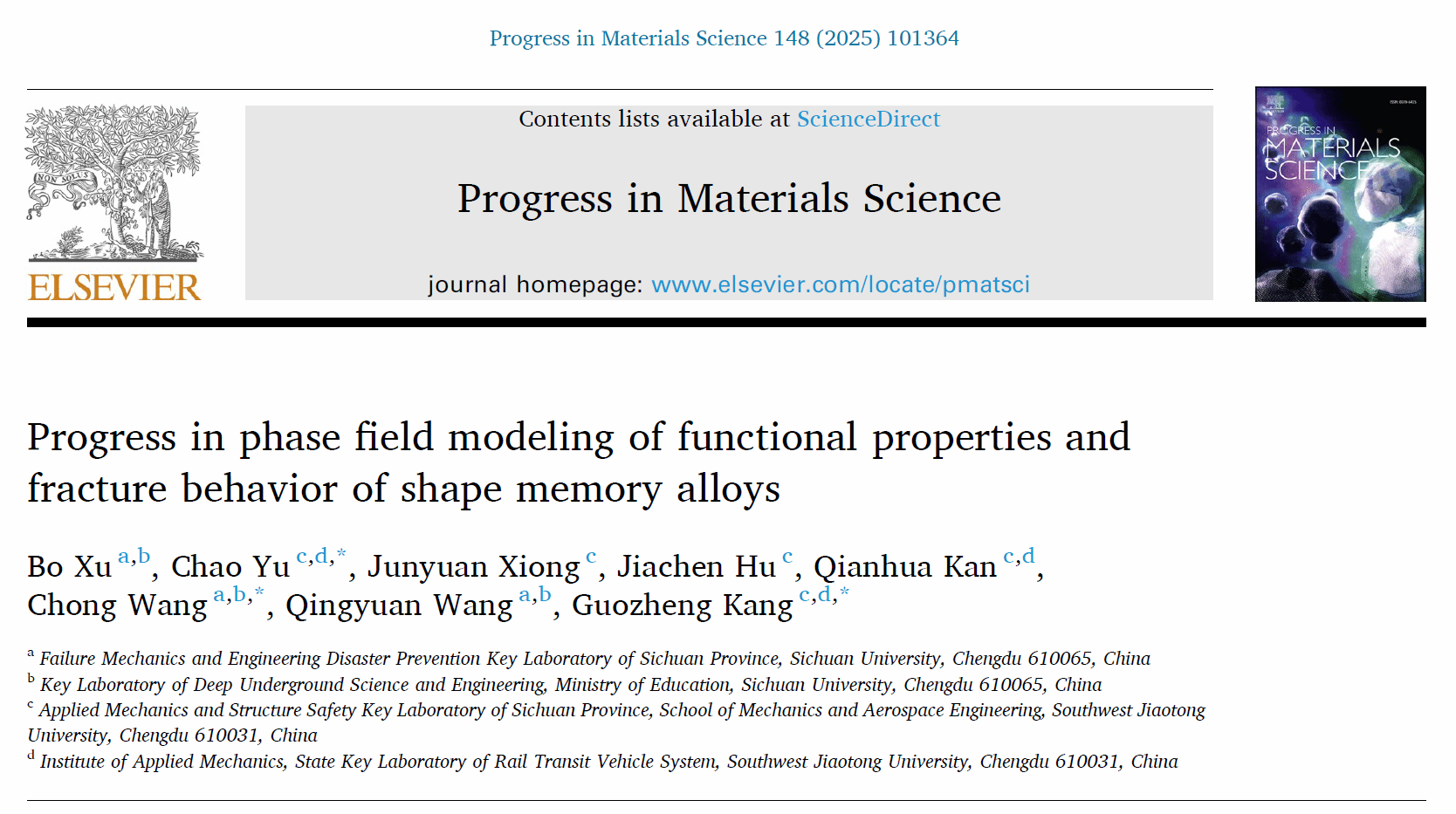
Shape Memory Alloys (SMAs) are advanced functional materials known for their unique properties, including super-elasticity, shape memory effects, and elastocaloric effects. These materials have been widely utilized in fields such as aerospace, automotive industry, micro-electromechanical systems (MEMS), civil engineering, robot system, and biomedicine. They are expected to play a key role as core solid-state refrigerants in the field of solid-state cooling in the future. Research on the complex mechanical behaviors and multiscale deformation mechanisms of SMAs remains a significant and challenging frontier in solid mechanics and materials science. The phase field method has become an essential and increasingly important numerical research tool in the prediction of the functional properties and fracture behavior of SMA, as well as in the exposure of their fundamental physical mechanisms.
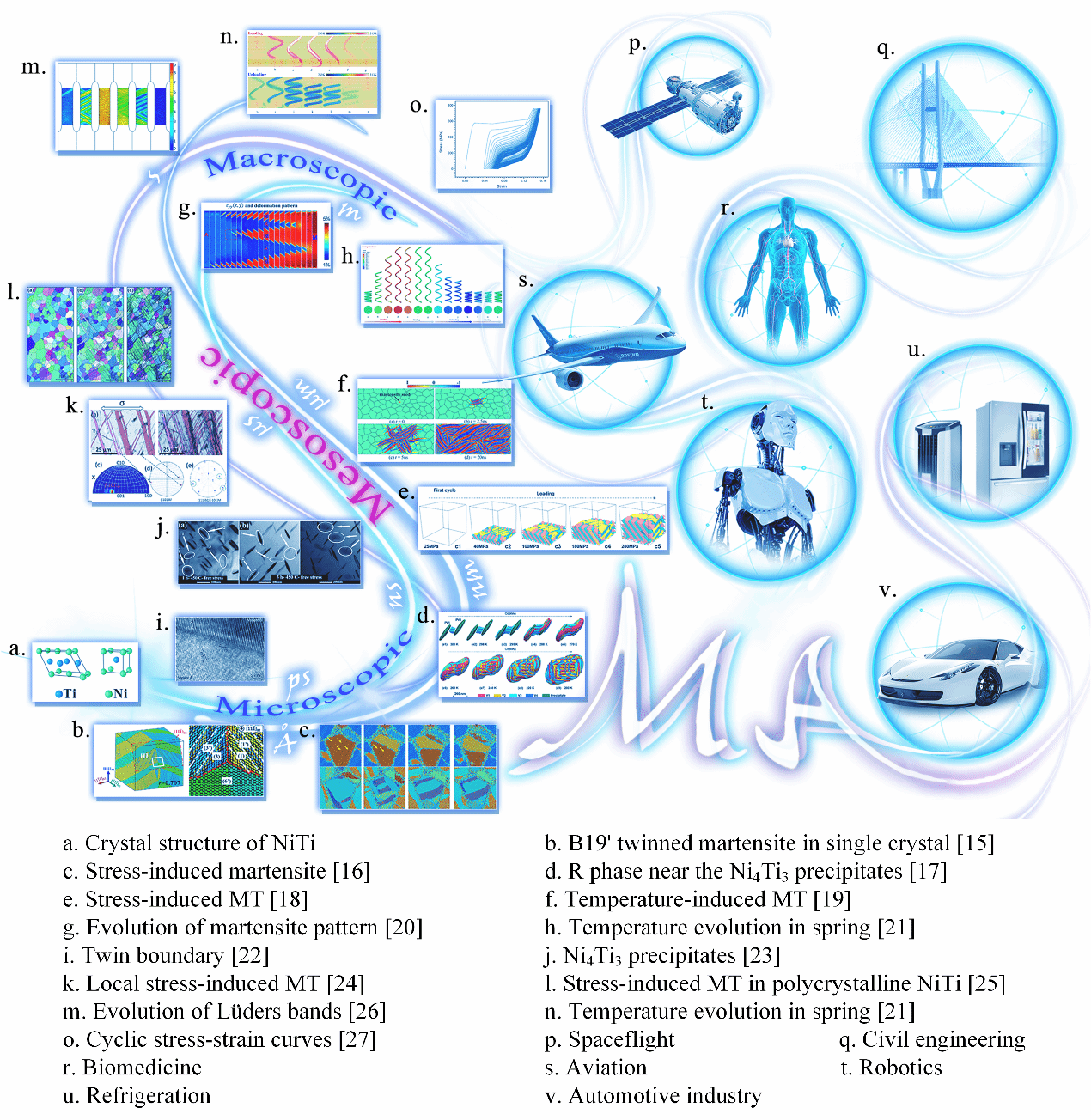
The paper provides a comprehensive review of phase field models for SMAs, including models for thermally induced and magnetically induced SMAs. It systematically summarizes the progress in phase field simulations of thermally induced SMAs, focusing on martensitic transformations, functional properties, and fracture behaviors. It also reviews the progress in phase-field modeling of magnetically induced SMAs by considering the magnetic-field-induced strain and mechanical-field- and magnetic-field-induced shape memory effect. Finally, the paper outlines future directions for phase field modeling on SMAs, offering valuable insights into the phase field research of SMAs and contributing to the broader development of the field.
Paper Link:https://www.sciencedirect.com/science/article/pii/S0079642524001336
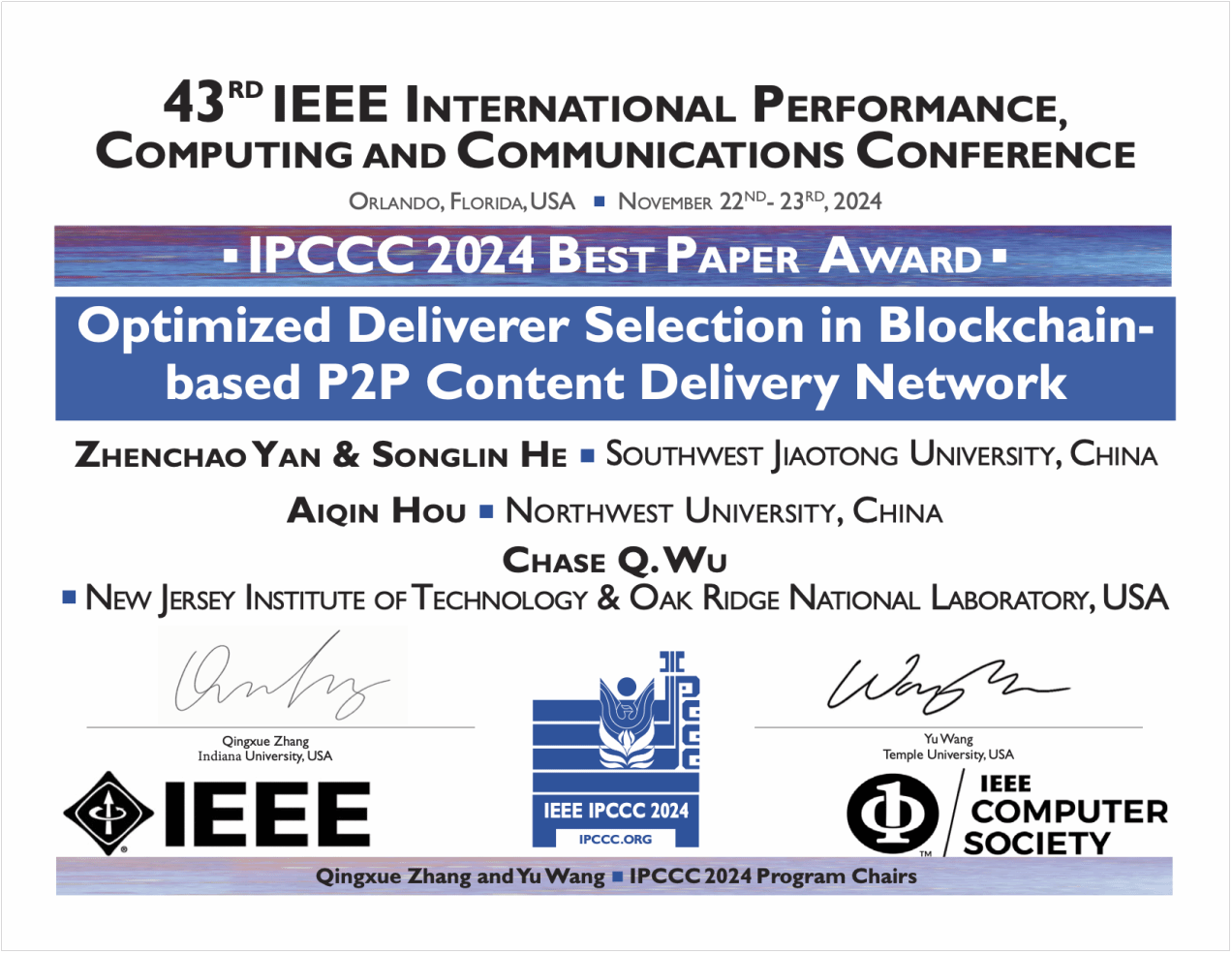 He Songlin Granted the Best Paper Award at IEEE IPCCC 2024
He Songlin Granted the Best Paper Award at IEEE IPCCC 2024
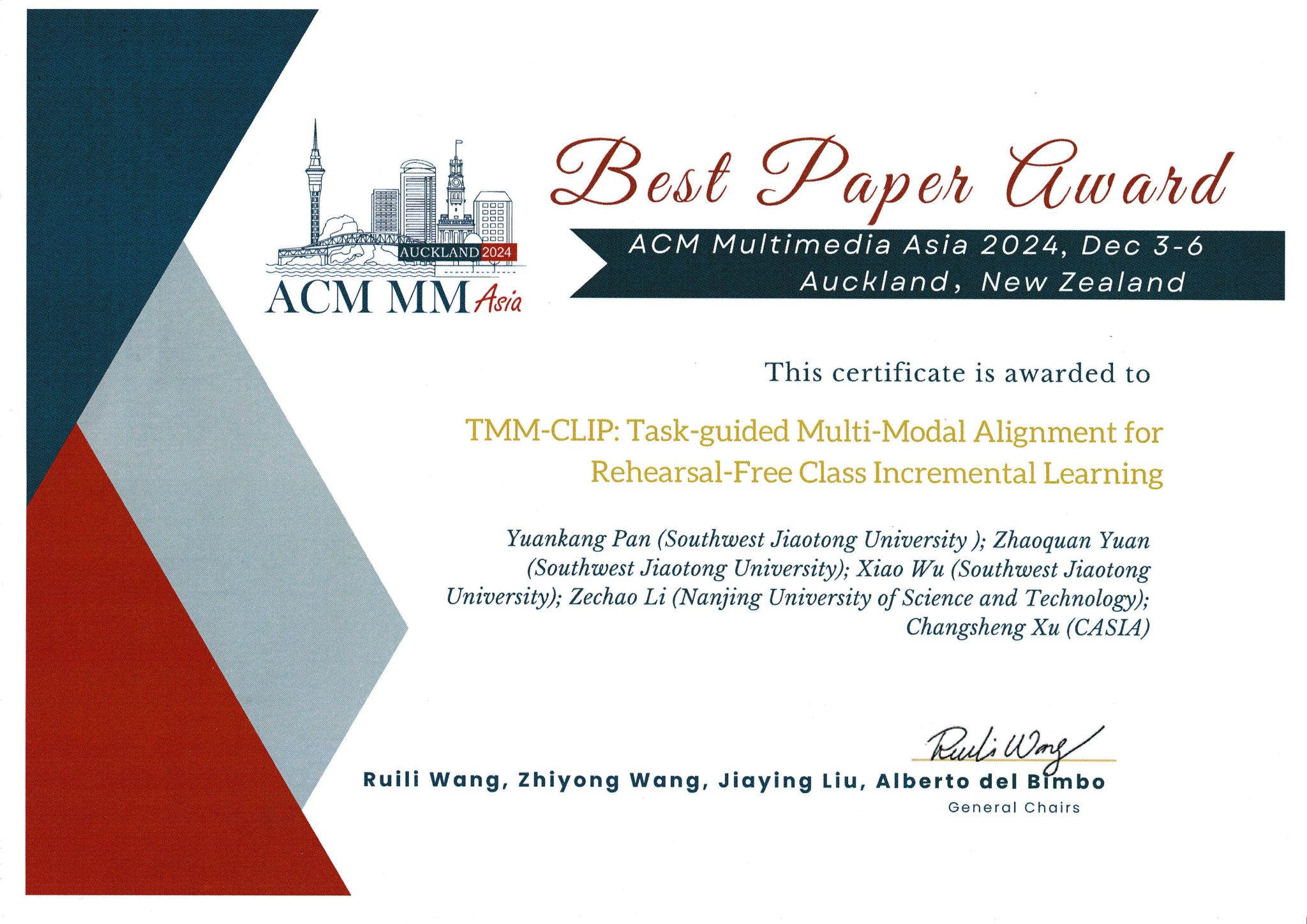 Prof. Wu's Team Bestowed Best Paper Award at ACM Multimedia Asia 2024
Prof. Wu's Team Bestowed Best Paper Award at ACM Multimedia Asia 2024
 Alumnus Xi Yue Graced the Cover of 2024 Forbes 30 Under 30 China List
Alumnus Xi Yue Graced the Cover of 2024 Forbes 30 Under 30 China List
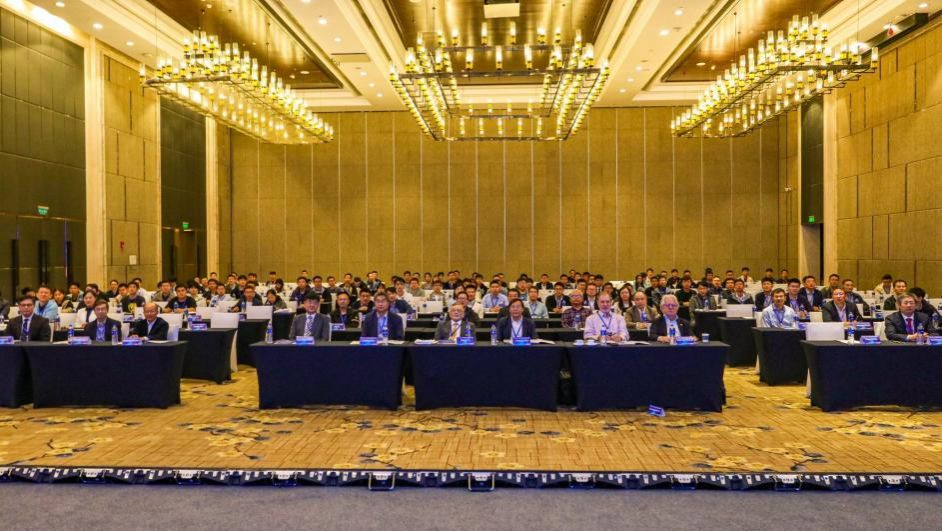 The 15th Asia-Pacific Symposium on Engineering Plasticity and its Applications
The 15th Asia-Pacific Symposium on Engineering Plasticity and its Applications
 General Education Course on “Frontiers in AI Applications: Methods, Thinking, and Ethics”
General Education Course on “Frontiers in AI Applications: Methods, Thinking, and Ethics”